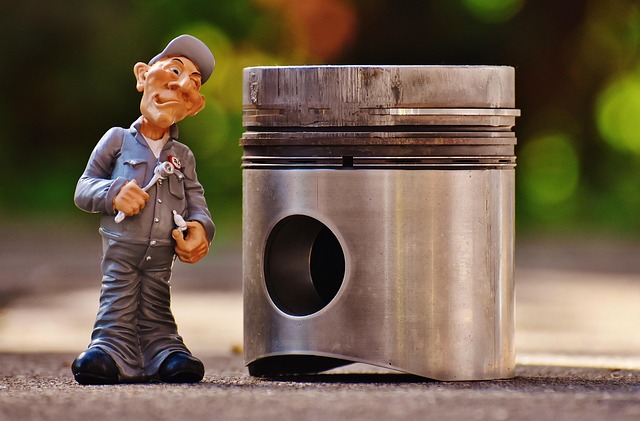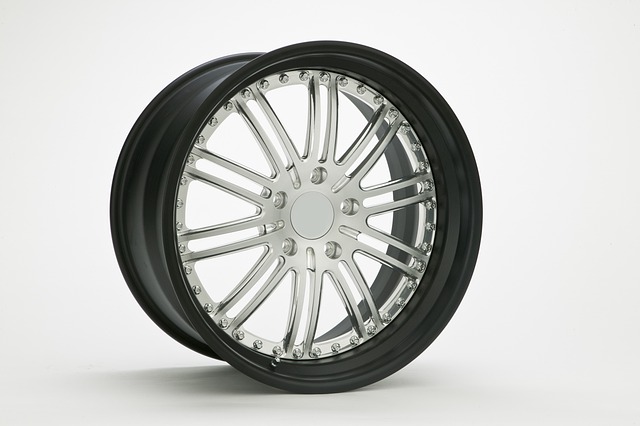Register Car California: DMV VIN Verification Steps
Looking to register your car in California? This comprehensive guide will walk you through the process, ensuring a smooth experience. From understanding key requirements to gathering essential documen…….

Looking to register your car in California? This comprehensive guide will walk you through the process, ensuring a smooth experience. From understanding key requirements to gathering essential documents and navigating the DMV office, we’ve got you covered. A crucial step is the DMV VIN verification, which we break down with simple steps and tips. By following these instructions, you’ll be on your way to securing your vehicle’s registration in no time.
- Understand California Car Registration Requirements
- Gather Necessary Documents for DMV Visit
- Perform VIN Verification: Steps and Tips
- Complete Application Process at the DMV Office
- Pay Registration Fees and Obtain Your Plate
Understand California Car Registration Requirements

Before registering your car in California, it’s crucial to understand the state’s specific requirements. The California Department of Motor Vehicles (DMV) mandates that all vehicles operated within the state must be properly registered and have undergone a thorough inspection to ensure they meet safety and emission standards. This process involves providing essential documentation, including proof of insurance, vehicle identification number (VIN) verification, and payment of registration fees.
One key step in the registration process is the DMV’s VIN verification, which ensures that your vehicle’s unique identifier matches records and helps prevent fraud. You can complete this process through a traditional in-person visit or utilize a mobile vin verifier for a more convenient vin inspection. This digital tool allows you to verify your car’s VIN quickly and easily from the comfort of your home, saving time and effort compared to waiting in line at a DMV office.
Gather Necessary Documents for DMV Visit

Before heading to the DMV, ensure you have all the required documents for a smooth car registration process. This includes your vehicle’s registration certificate from the previous state, a completed application form (DMV Form AR-123), and proof of insurance. It’s also crucial to carry your driver’s license or state ID card and any relevant identification documents. A key step in this preparation is conducting a dmv vin verification using your vehicle’s unique Vehicle Identification Number (VIN). This process can be done online or via a mobile vin inspection application, ensuring all details match before your visit.
Additionally, having a recent mobile vin verifier report can expedite the registration and title transfer procedures. Remember to bring along any needed fees for processing, such as the vehicle’s sales tax and registration costs. Properly organizing these documents will not only make the registration process easier but also help avoid delays or complications later on.
Perform VIN Verification: Steps and Tips

Before registering your car in California, performing a VIN (Vehicle Identification Number) verification is a crucial step. This process ensures that your vehicle’s details match the information on record with the DMV. It involves cross-referencing the data on the car’s identification plate with its unique VIN, which can be found on documents like the title or registration card. You can conduct this check at any California DMV office or, for added convenience, opt for a mobile vin inspection service.
To perform a DMV vin verification, you’ll need to provide your vehicle’s details—make, model, year, and VIN—and perhaps some identification. A trained professional will then use specialized tools to confirm the VIN’s authenticity and compare it against state records. If there are any discrepancies, you may be required to rectify them before proceeding with registration. For a smooth process, ensure all information is accurate and up-to-date; this includes any recent vin inspection or title transfers.
Complete Application Process at the DMV Office

To complete the car registration process in California, you’ll need to visit a local DMV office. Here, you’ll submit all necessary documents and undergo critical steps like VIN (Vehicle Identification Number) verification. This process ensures that your vehicle meets safety standards and is legally eligible for registration. A mobile vin inspection or using a mobile vin verifier can be convenient alternatives if you prefer not to visit the DMV in person, saving time by allowing these services to handle the VIN verification remotely.
During your visit, bring your car’s title, proof of insurance, and any applicable fees. The DMV agent will guide you through the process, which includes a thorough inspection of your vehicle. This may involve checking the overall condition, safety features, and ensuring the VIN is accurate and readable. Properly completing these steps ensures a smooth registration experience, allowing you to hit the road legally and confidently.
Pay Registration Fees and Obtain Your Plate

After completing your vehicle’s registration application at the California DMV, it’s time to pay the registration fees. These fees vary based on the type of vehicle and its age. You can typically pay online or in person at a DMV field office. Once the payment is processed, you’ll receive a temporary registration permit, which allows you to operate your vehicle legally while awaiting your official registration.
Following fee payment, you’ll need to obtain license plates for your car. This involves scheduling a plate appointment, either online or by phone, and bringing in essential documents, including proof of insurance and your vehicle’s title. As part of the process, a DMV agent will conduct a VIN (Vehicle Identification Number) verification, which can be conveniently done via mobile vin inspection or a traditional vin inspection at a designated location. Ensure that all details match to avoid delays.
Registering a car in California involves understanding specific requirements, gathering essential documents, and completing a straightforward application process. After performing a crucial dmv VIN verification, you’ll be ready to pay the registration fees and obtain your personalized license plate. This guide navigates each step, ensuring a smooth transition to becoming a California vehicle owner.







